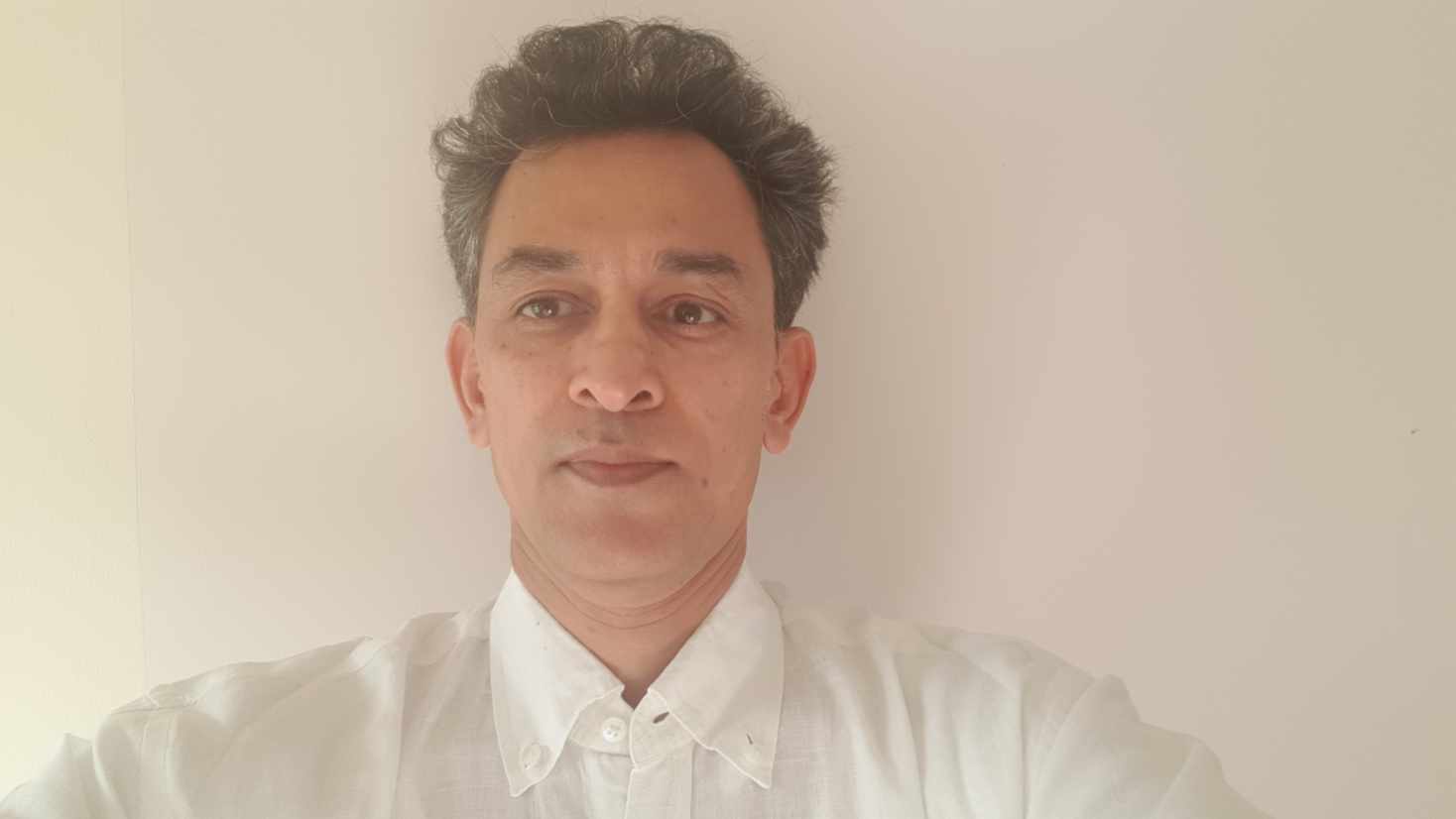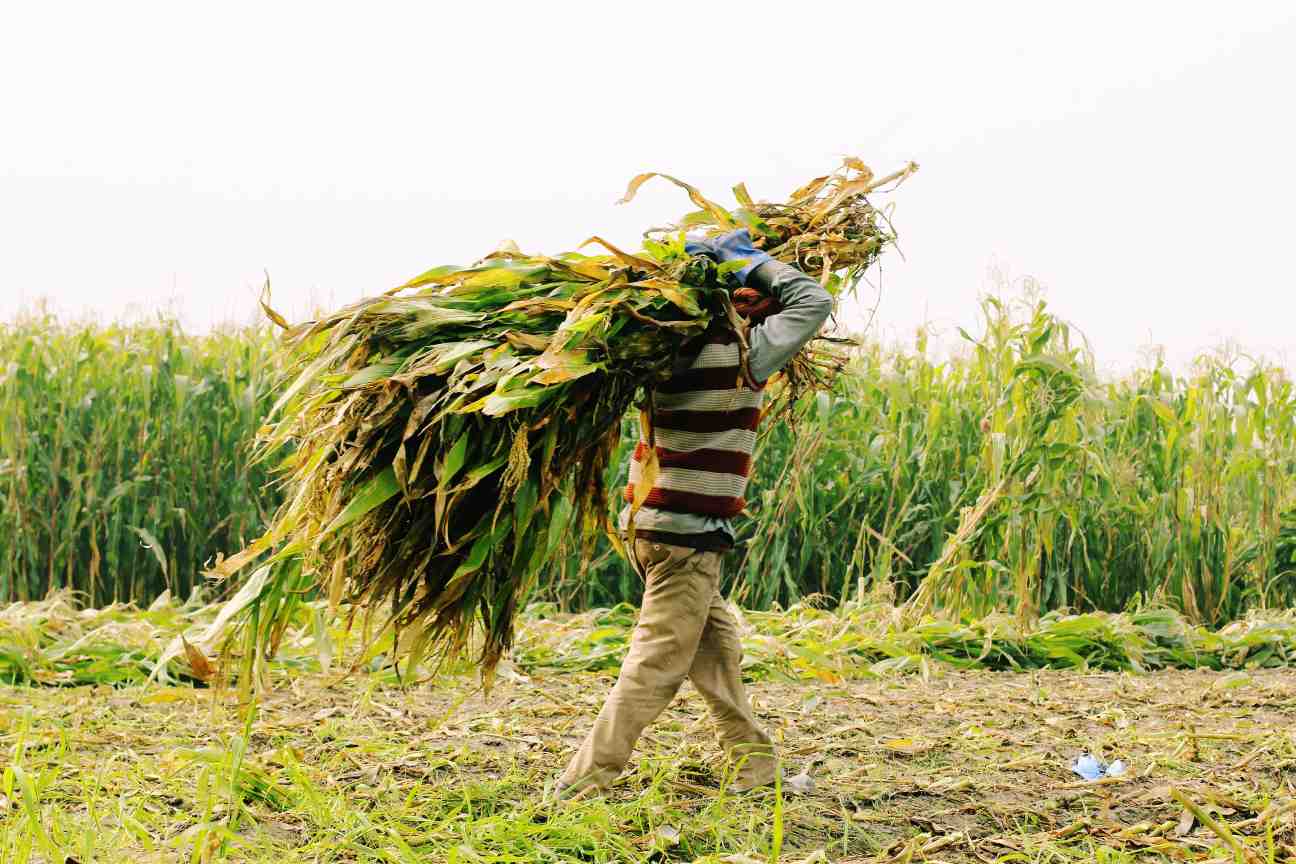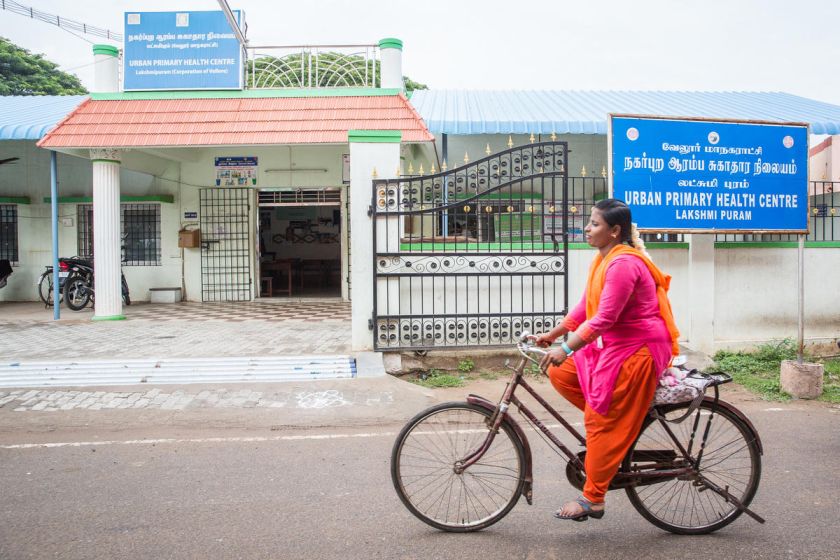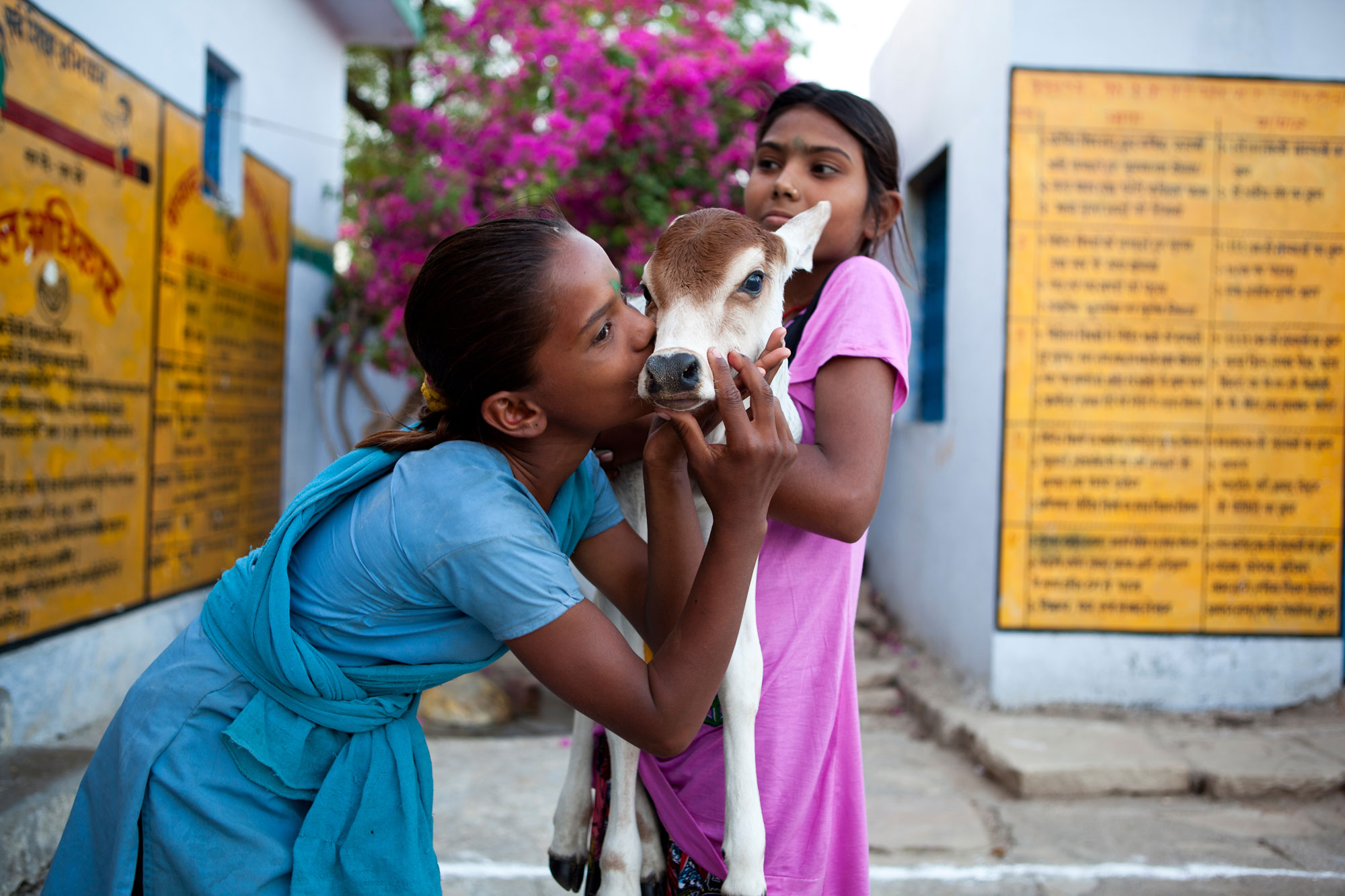Villagers from Chanderi, in Sihor district, Madhya Pradesh, have started putting masks on their livestock, made from local materials. By doing this, the farmers are not only trying to protect their livestock, but also ensuring that possible infections do not spread in the village and to their families.
At a time when the nation is focused on protecting and saving human beings, we seem to have forgotten that India’s animal population is almost the same as its human population—1.2 billion people and 1.3 billion livestock and poultry. While we are rightly worried about the shortage of PPE, ventilators, testing kits, hospital beds, and trained frontline health workers to combat the COVID-19 crisis, there is another growing worry on the animal front too.
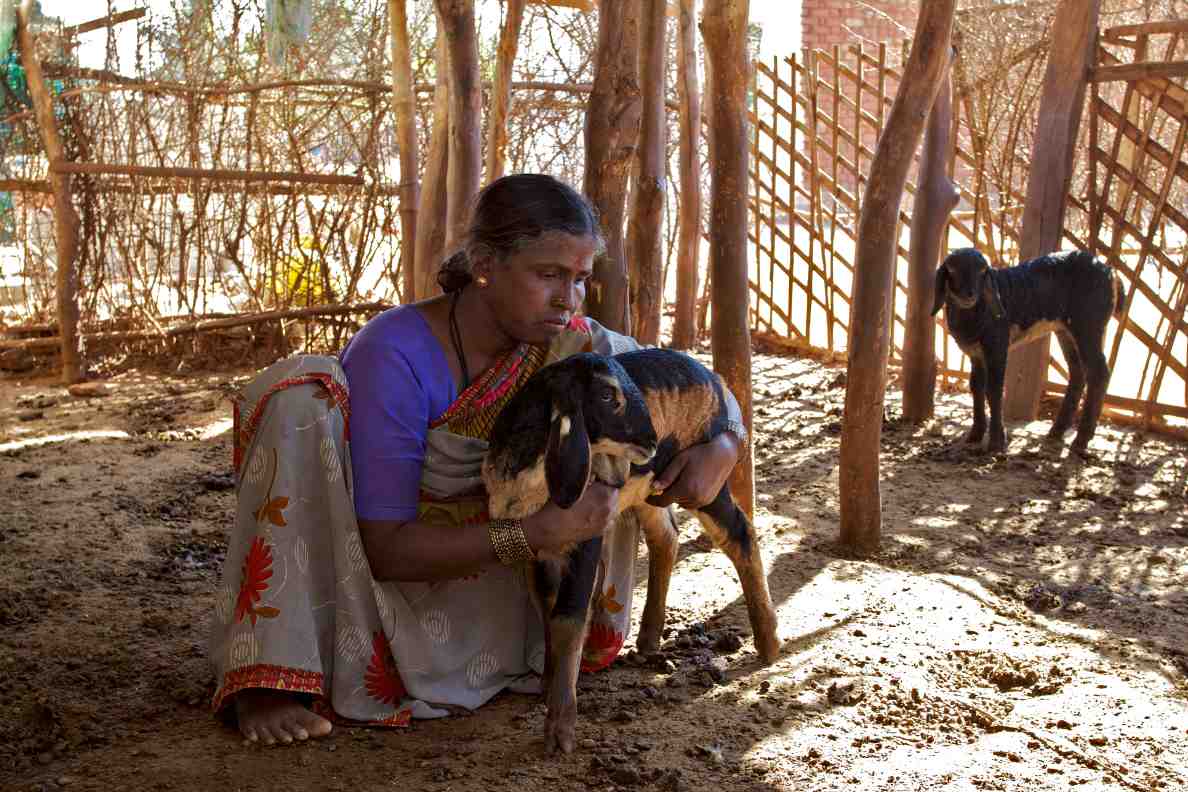
According to the widely accepted principle of ‘One Health’, human health and animal health are interdependent and bound to the health of the ecosystem in which they exist. | Picture courtesy: Arjun Swaminathan
Related article: Animal rights: Legislation is not enough

The state of animal health in India
Across the country, there are only 65,000 veterinary institutions catering to the health needs of 1.3 billion animals. This includes 28,000 mobile dispensaries and first aid centres with bare minimum facilities. The presence of the private-sector in veterinary services is close to non-existent. Another challenge is that unlike with humans, most animals cannot be transported to hospitals, due to a number of logistical challenges involved—all of which are likely to get worse during a lockdown.
India is one of the few countries, where livestock is still plagued by foot and mouth disease, brucellosis, and peste des tetits ruminants (also known as sheep and goat plague). In spite of this, livestock vaccination coverage is partial and flawed, and covers significantly less than 100 percent of the population at risk. The rate of adoption and diffusion of vaccination technology is very low at the field level due to a wide gap in knowledge and communication between scientists, farmers, and extension workers with regards to the relevance, profitability, and sustainability of vaccination.
Further, our approach to animal disease management is largely limited to cattle and buffaloes, and excludes sheep, goats, or swine (and even a large number of free-roaming range cattle).
Relationship with human health
According to the widely accepted principle of ‘One Health’, human health and animal health are interdependent and bound to the health of the ecosystem in which they exist. Annually, there are close to two billion cases of zoonotic diseases ie, diseases that spread between animals and humans, which result in more than two million deaths. The World Organisation of Animal Health (OIE) estimates that 60 percent of existing human infectious diseases are transmitted from animals, and three out of five new human diseases appearing every year originate from animals.
Three out of five new human diseases appearing every year originate from animals.
This is even more prevalent in the case of India, where animals and humans live in close proximity due to the dependence of 70 percent of the country on agriculture. Historically, the incidence and prevalence of zoonotic diseases like plague, rabies, and anthrax have been major public health issues in India. More recently, we have seen emergence and re-emergence of highly infectious zoonotic diseases, such as the Nipah Virus, which first emerged in West Bengal in 2001 and was reported in Kerala as recently as May 2018.

We cannot afford another crisis
In spite of this, we are ill-equipped to address zoonotic diseases in the country. A major challenge in doing this is the absence of animal identification and traceability mechanisms. While the importance of capturing a host of animal data and information has been realised and work around it has been initiated by the government, it will take several years before India finally has a reliable animal database.
In the absence of this, it is difficult for farmers, processors, animal husbandry department officials, and healthcare professionals to devise appropriate strategies for livestock management. In the case of an outbreak, it is hard to trace the source of diseased products—be it milk or meat—and separate them to prevent the entry of pathogens into the food chain.
Related article: The implications of COVID-19 for rural India
The COVID-19 lockdown ignores the needs of livestock
Lockdown measures seem to have not taken these realities into account. They ignore livestock farmers’ time-sensitive needs, such as artificial insemination, pregnancy checks, vaccinations, de-worming, and more importantly, feed, fodder, and water. Livestock will continue to produce; cows will not stop eating and lactating even if they are at home. During this time, they require regular veterinary medicines and healthcare services. This calls for reaching every livestock farmer, not only for treating diseases but also for prevention and surveillance, to minimise the threat to human health.
To keep the animals alive, healthy, and protected from any infection, we also need to give equal importance to community-level ethno-veterinary practitioners, private para-veterinary workers, and other veterinary service providers. While they may not be fully qualified veterinary doctors, they usually have a better rapport with farmers, and are far more accessible as compared to government functionaries. Like human healthcare staff, they need to be allowed smooth movement, so that they can administer inseminations when the animals are in heat, as well as deliver the other veterinary services that they might require.
As we do not yet fully understand the behaviour of the novel coronavirus, the newly created Ministry for Animal Husbandry, Dairy and Fisheries will have to be at the forefront, making farmers and civil society an ally in the battle, pooling together best practices, and collaborating with the Ministry of Health and Family Welfare to come up with a mechanism for joint surveillance and monitoring before the window of opportunity is lost.
—
Know more
- Learn more about the state of livestock in India.
- Read about the findings of the 20th Livestock Census.
- Understand the deep linkages between human and animal health by reading this article on One Health.

